from typing import Sequence, Tuple
import horizon_plugin_pytorch.nn as hnnimport torchimport torch.nn as nnfrom horizon_plugin_pytorch.quantization import QuantStubfrom torch.quantization import DeQuantStub
# 基础模块的代码,可见地平线提供的OE docker # /usr/local/lib/python3.10/dist-packages/hat/models/base_modules/basic_henet_module.pyfrom basic_henet_module import ( BasicHENetStageBlock, # HENet 的基本阶段块 S2DDown, # 降采样(downsampling)模块)from basic_henet_module import ConvModule2d # 2D 卷积层模块
# 继承 torch.nn.Module,定义神经网络的标准方式class HENet(nn.Module): """ Module of HENet.
Args: in_channels: The in_channels for the block. block_nums: Number of blocks in each stage. embed_dims: Output channels in each stage. attention_block_num: Number of attention blocks in each stage. mlp_ratios: Mlp expand ratios in each stage. mlp_ratio_attn: Mlp expand ratio in attention blocks. act_layer: activation layers type. use_layer_scale: Use a learnable scale factor in the residual branch. layer_scale_init_value: Init value of the learnable scale factor. num_classes: Number of classes for a Classifier. include_top: Whether to include output layer. flat_output: Whether to view the output tensor. extra_act: Use extra activation layers in each stage. final_expand_channel: Channel expansion before pooling. feature_mix_channel: Channel expansion is performed before head. block_cls: Basic block types in each stage. down_cls: Downsample block types in each stage. patch_embed: Stem conv style in the very beginning. stage_out_norm: Add a norm layer to stage outputs. Ignored if include_top is True. """
def __init__( self, in_channels: int, # 输入图像的通道数(常见图像为 3) block_nums: Tuple[int], # 每个阶段(Stage)的基础块(Block)数量 embed_dims: Tuple[int], # 每个阶段的特征通道数 attention_block_num: Tuple[int], # 每个阶段的注意力块(Attention Block)数量 mlp_ratios: Tuple[int] = (2, 2, 2, 2), # 多层感知机(MLP)扩展比率 mlp_ratio_attn: int = 2, act_layer: Tuple[str] = ("nn.GELU", "nn.GELU", "nn.GELU", "nn.GELU"), # 激活函数类型 use_layer_scale: Tuple[bool] = (True, True, True, True), layer_scale_init_value: float = 1e-5, num_classes: int = 1000, include_top: bool = True, # 是否包含最终的分类头(通常为 nn.Linear) flat_output: bool = True, extra_act: Tuple[bool] = (False, False, False, False), final_expand_channel: int = 0, feature_mix_channel: int = 0, block_cls: Tuple[str] = ("DWCB", "DWCB", "DWCB", "DWCB"), down_cls: Tuple[str] = ("S2DDown", "S2DDown", "S2DDown", "None"), patch_embed: str = "origin", # 图像预处理方式(卷积 embedding) stage_out_norm: bool = True, # 是否在阶段输出后加一层 BatchNorm,建议不要 ): super().__init__()
self.final_expand_channel = final_expand_channel self.feature_mix_channel = feature_mix_channel self.stage_out_norm = stage_out_norm
self.block_cls = block_cls
self.include_top = include_top self.flat_output = flat_output
if self.include_top: self.num_classes = num_classes
# patch_embed 负责将输入图像转换为特征 # 里面有两个convModule2d,进行了两次 3×3 的卷积(步长 stride=2),相当于 对输入图像进行 4 倍降采样 if patch_embed in ["origin"]: self.patch_embed = nn.Sequential( ConvModule2d( in_channels, embed_dims[0] // 2, kernel_size=3, stride=2, padding=1, norm_layer=nn.BatchNorm2d(embed_dims[0] // 2), act_layer=nn.ReLU(), ), ConvModule2d( embed_dims[0] // 2, embed_dims[0], kernel_size=3, stride=2, padding=1, norm_layer=nn.BatchNorm2d(embed_dims[0]), act_layer=nn.ReLU(), ), )
stages = [] # 构建多个阶段 (Stages),存放多个 BasicHENetStageBlock,每个block处理不同通道数的特征。 downsample_block = [] # 存放 S2DDown,在每个阶段之间进行降采样。 for block_idx, block_num in enumerate(block_nums): stages.append( BasicHENetStageBlock( in_dim=embed_dims[block_idx], block_num=block_num, attention_block_num=attention_block_num[block_idx], mlp_ratio=mlp_ratios[block_idx], mlp_ratio_attn=mlp_ratio_attn, act_layer=act_layer[block_idx], use_layer_scale=use_layer_scale[block_idx], layer_scale_init_value=layer_scale_init_value, extra_act=extra_act[block_idx], block_cls=block_cls[block_idx], ) ) if block_idx < len(block_nums) - 1: assert eval(down_cls[block_idx]) in [S2DDown], down_cls[ block_idx ] downsample_block.append( eval(down_cls[block_idx])( patch_size=2, in_dim=embed_dims[block_idx], out_dim=embed_dims[block_idx + 1], ) ) self.stages = nn.ModuleList(stages) self.downsample_block = nn.ModuleList(downsample_block)
if final_expand_channel in [0, None]: self.final_expand_layer = nn.Identity() self.norm = nn.BatchNorm2d(embed_dims[-1]) last_channels = embed_dims[-1] else: self.final_expand_layer = ConvModule2d( embed_dims[-1], final_expand_channel, kernel_size=1, bias=False, norm_layer=nn.BatchNorm2d(final_expand_channel), act_layer=eval(act_layer[-1])(), ) last_channels = final_expand_channel
if feature_mix_channel in [0, None]: self.feature_mix_layer = nn.Identity() else: self.feature_mix_layer = ConvModule2d( last_channels, feature_mix_channel, kernel_size=1, bias=False, norm_layer=nn.BatchNorm2d(feature_mix_channel), act_layer=eval(act_layer[-1])(), ) last_channels = feature_mix_channel
# 分类头 if self.include_top: self.avgpool = nn.AdaptiveAvgPool2d((1, 1)) # 将特征图变为 1×1 self.head = ( nn.Linear(last_channels, num_classes) if num_classes > 0 else nn.Identity() ) else: stage_norm = [] for embed_dim in embed_dims: if self.stage_out_norm is True: stage_norm.append(nn.BatchNorm2d(embed_dim)) else: stage_norm.append(nn.Identity()) self.stage_norm = nn.ModuleList(stage_norm)
self.up = hnn.Interpolate( scale_factor=2, mode="bilinear", recompute_scale_factor=True ) self.quant = QuantStub() self.dequant = DeQuantStub()
def forward(self, x): x = self.quant(x) if isinstance(x, Sequence) and len(x) == 1: x = x[0]
# 依次经过 patch_embed、stages、downsample_block 处理特征图。 x = self.patch_embed(x) outs = [] for idx in range(len(self.stages)): x = self.stages[idx](x) if not self.include_top: x_normed = self.stage_norm[idx](x) if idx == 0: outs.append(self.up(x_normed)) outs.append(x_normed) if idx < len(self.stages) - 1: x = self.downsample_block[idx](x)
if not self.include_top: return outs
if self.final_expand_channel in [0, None]: x = self.norm(x) else: x = self.final_expand_layer(x) x = self.avgpool(x) x = self.feature_mix_layer(x) x = self.head(torch.flatten(x, 1))
x = self.dequant(x) if self.flat_output: x = x.view(-1, self.num_classes) return x
# ---------------------- TinyM ----------------------depth = [4, 3, 8, 6]block_cls = ["GroupDWCB", "GroupDWCB", "AltDWCB", "DWCB"]width = [64, 128, 192, 384]attention_block_num = [0, 0, 0, 0]mlp_ratios, mlp_ratio_attn = [2, 2, 2, 3], 2act_layer = ["nn.GELU", "nn.GELU", "nn.GELU", "nn.GELU"]use_layer_scale = [True, True, True, True]extra_act = [False, False, False, False]final_expand_channel, feature_mix_channel = 0, 1024down_cls = ["S2DDown", "S2DDown", "S2DDown", "None"]patch_embed = "origin"stage_out_norm = False
# 初始化 HENet 模型model = HENet( in_channels=3, # 假设输入是 RGB 图像 block_nums=tuple(depth), embed_dims=tuple(width), attention_block_num=tuple(attention_block_num), mlp_ratios=tuple(mlp_ratios), mlp_ratio_attn=mlp_ratio_attn, act_layer=tuple(act_layer), use_layer_scale=tuple(use_layer_scale), extra_act=tuple(extra_act), final_expand_channel=final_expand_channel, feature_mix_channel=feature_mix_channel, block_cls=tuple(block_cls), down_cls=tuple(down_cls), patch_embed=patch_embed, stage_out_norm=stage_out_norm, num_classes=1000, # 假设用于 ImageNet 1000 类分类 include_top=True,)
# ---------------------- 处理单帧输入数据 ----------------------# 生成一个随机图像张量,假设输入是 224x224 RGB 图像input_tensor = torch.randn(1, 3, 224, 224) # [batch, channels, height, width]
# ---------------------- 进行推理 ----------------------model.eval()with torch.no_grad(): # 关闭梯度计算,提高推理速度 output = model(input_tensor)
# ---------------------- 输出结果 ----------------------print("模型输出形状:", output.shape)print("模型输出类型:", type(output))print("模型输出长度:", len(output))print(output)print("预测类别索引:", torch.argmax(output, dim=1).item()) # 获取最大概率的类别索引
# 输出 FLOPs 和 参数量from thop import profileflops, params = profile(model, inputs=(input_tensor,))print(f"FLOPs: {flops / 1e6:.2f}M") # 以百万次运算(MFLOPs)显示print(f"Params: {params / 1e6:.2f}M") # 以百万参数(M)显示

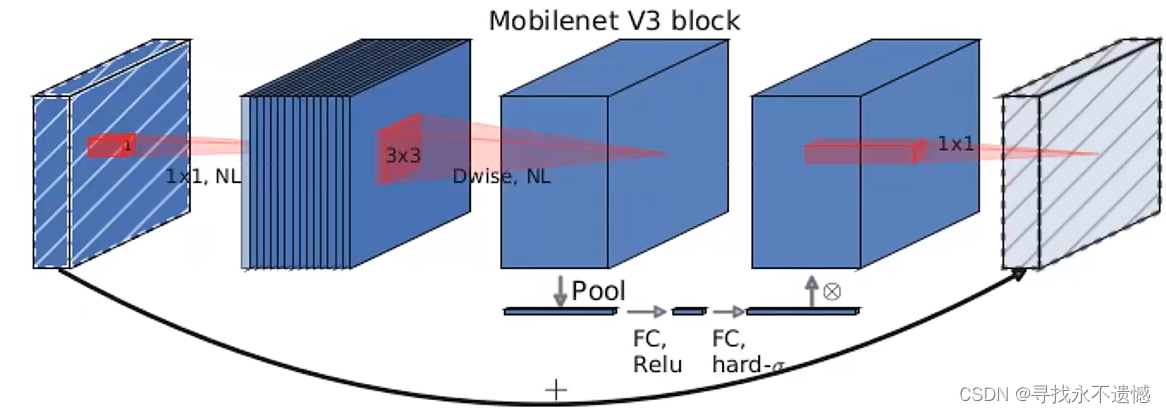
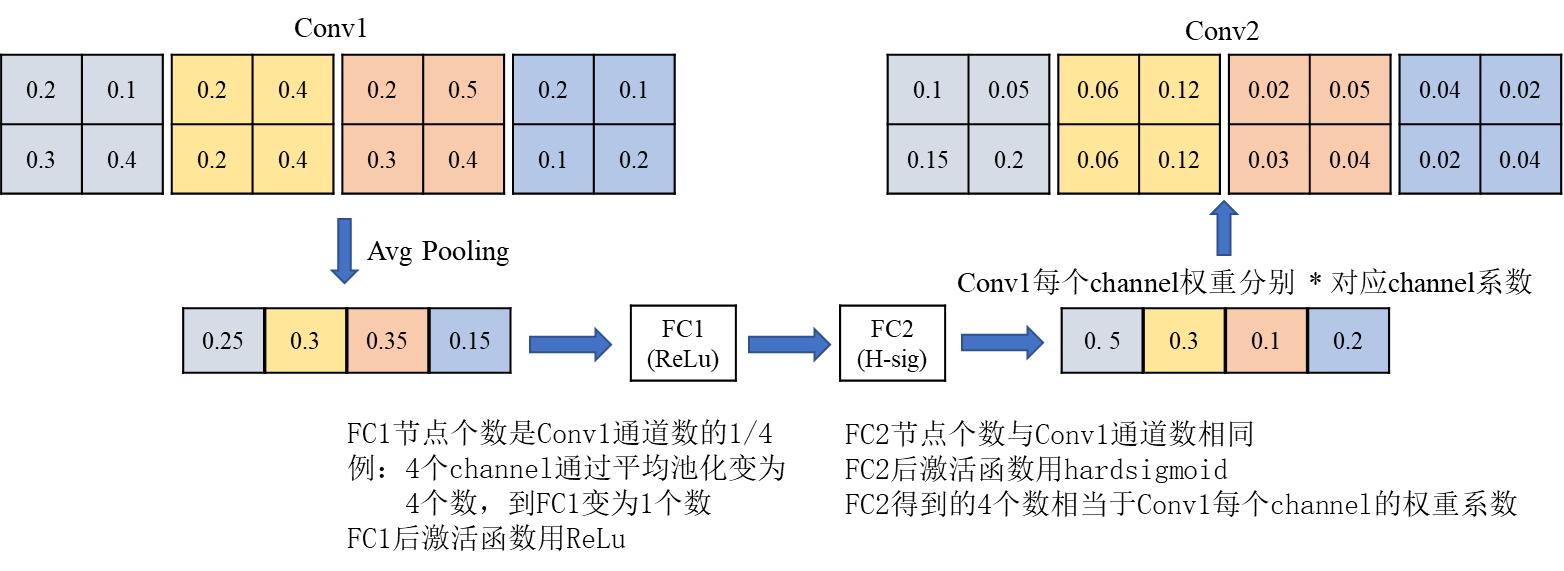

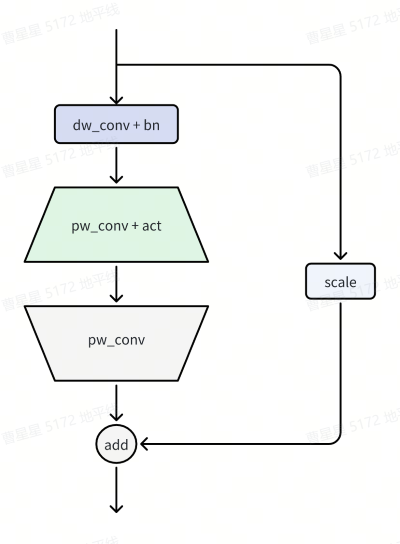

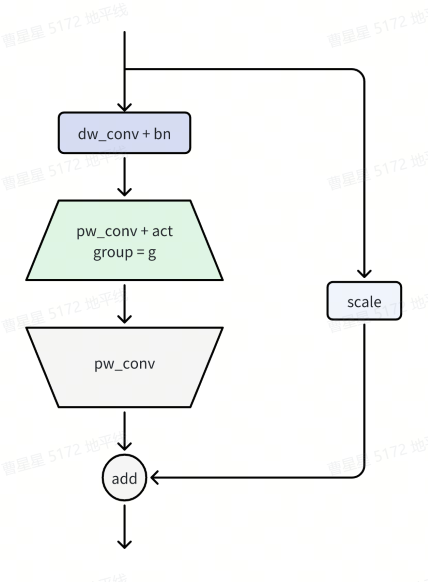

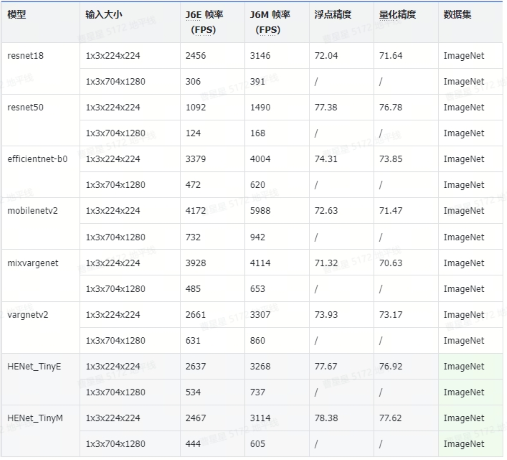










评论